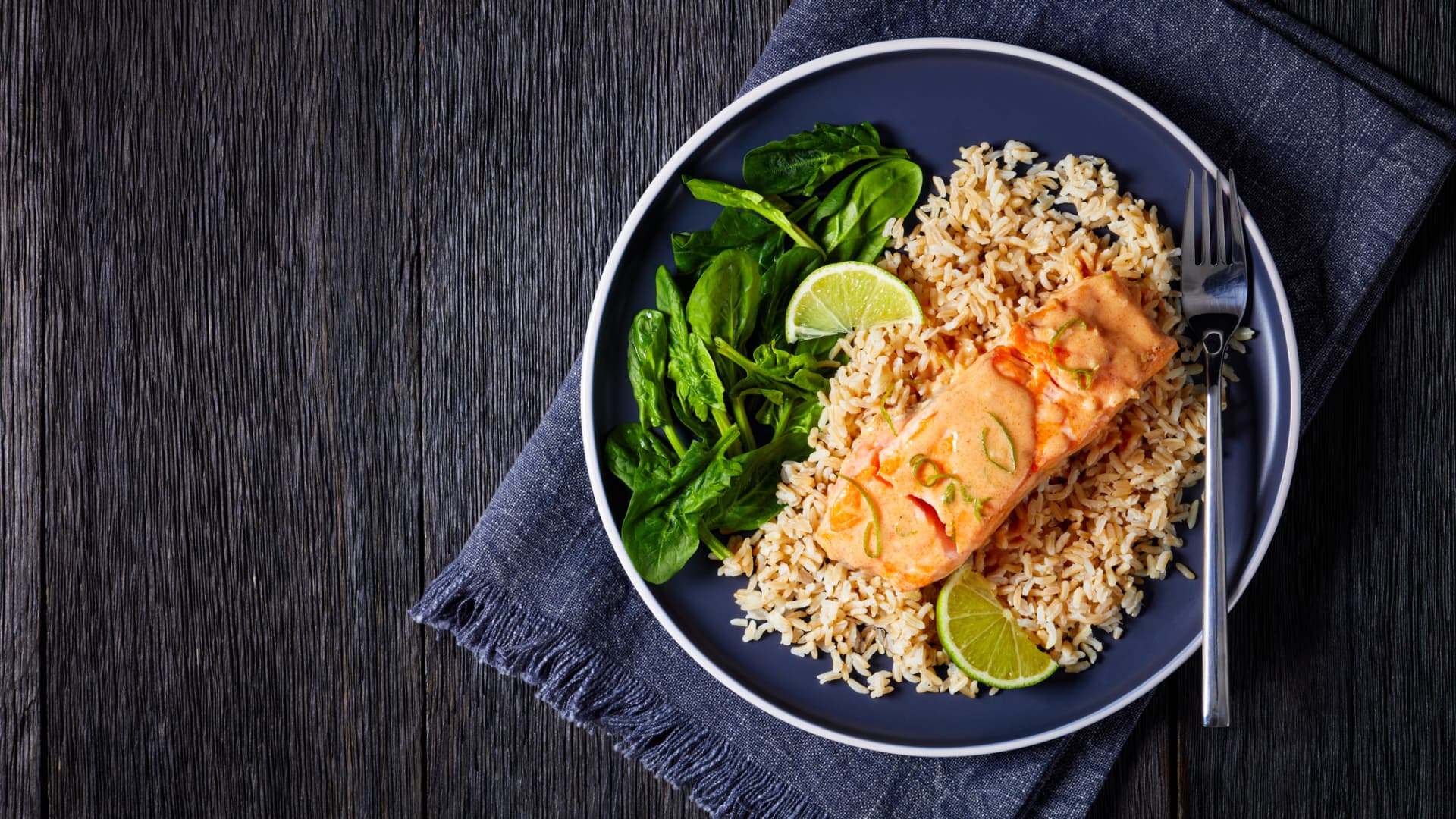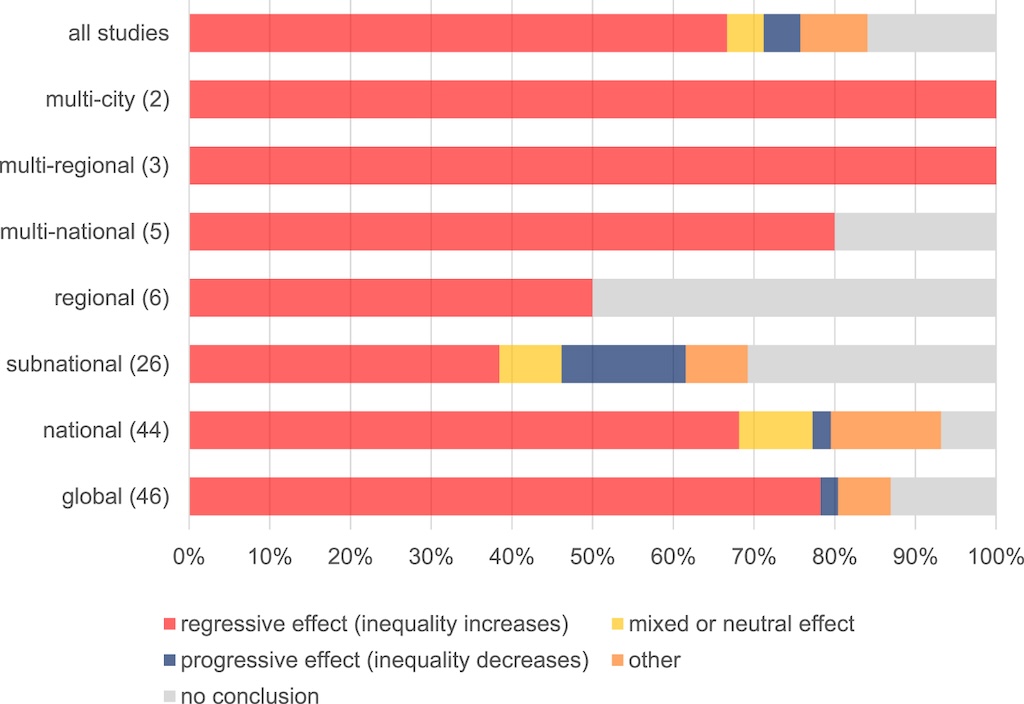The impact of what you eat daily on your overall health cannot be overstated, and we can all look to the diets of experts like nutritionists for guidance.
Carissa Galloway has 10 years of experience as a registered dietitian nutritionist and is a nutrition consultant and personal trainer for Premier Protein.
Prior to her career as a nutritionist, Galloway was a sideline sports reporter. A realization about her own eating habits and their effects on her health led her to an interest in nutrition, which not only changed her day job but also how she approached her diet.
“I found that as I was traveling, I wasn’t eating healthy. I wasn’t feeling energetic, I was sluggish,” Galloway tells CNBC Make It.
Here’s the diet that Galloway follows now for better health.
How this nutritionist eats for optimal health
When it comes to Galloway’s diet, she aims to get three types of foods in every meal:
1. Protein
Protein is “hugely important for muscle growth and repair,” Galloway says.
“For weight management, protein foods help you feel full and satisfied,” she adds. “So when you have a protein in every meal and snack, you’re helping support steady blood glucose levels, and you’re watching out for that blood sugar roller coaster.”
The kinds of protein that Galloway reaches for are:
- Protein shakes
- Seafood high in omega-3’s
- Chicken
- Turkey
- Tofu
“If you’re using meat in your meals, you want the amount of protein to be about the size of your palm,” she says.
2. Produce
“I want a fruit or a vegetable anytime that I eat anything. And I want to make sure that I vary my colors,” she says.
“Because when you’re varying your different colors, that means you’re varying your different antioxidants and vitamins that are in them.”
Her family’s favorite fruits to start their mornings with are berries, and she’s a huge fan of dark leafy greens like spinach, kale and arugula.
“But also the broccoli, the cauliflower. There’s research that shows they have anti-cancer fighting properties,” Galloway adds.
3. Fiber-rich foods
Adults ages 50 and under are recommended by the U.S. Department of Agriculture to get 25 and 38 grams of fiber a day, for women and men respectively.
Yet, on average, U.S. adults are only getting around 10 to 15 grams of total fiber daily, according to Harvard Health Publishing.
This is why Galloway aims to eat fiber-rich foods in every meal. Some foods that have high fiber content include leafy greens, avocados, raw almonds, apples and seeds like chia seeds.
A nutritionist’s typical breakfast, lunch and dinner
This is what Galloway made for breakfast, lunch and dinner for her and her kids on the day that she spoke with CNBC Make It.
- Breakfast: Overnight oats, made with plant-based milk, cinnamon and protein powder, topped with nuts and berries
- Mid-morning snack: Premier Protein high-protein shakes
- Lunch: Air-fried salmon with a broccoli slaw and microwave brown rice (Leftovers from the night before)
- Dinner: “Salmon again,” she says. But usually on Thursdays, her family has tacos with tilapia, black beans or ground turkey.
“The important thing that I think of when I’m framing what I eat from day to day is planning. I’m a mom, and I’m really busy,” Galloway says.
“I’m not trying to be the most creative person on Earth. I’m just trying to get in foods that taste delicious, that support my overall health goals, that make it easier for me to get that and not harder.”
Want to make extra money outside of your day job? Sign up for CNBC’s new online course How to Earn Passive Income Online to learn about common passive income streams, tips to get started and real-life success stories. Register today and save 50% with discount code EARLYBIRD.
Plus, sign up for CNBC Make It’s newsletter to get tips and tricks for success at work, with money and in life.




















Discussion about this post